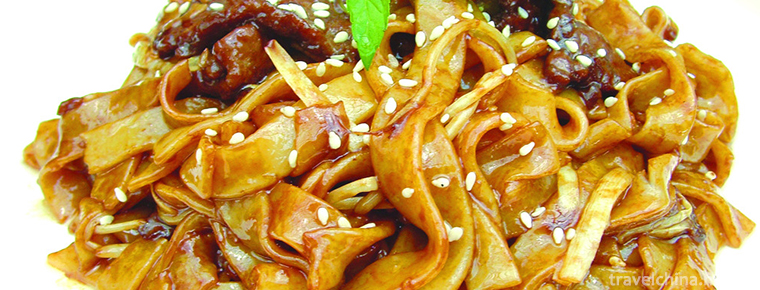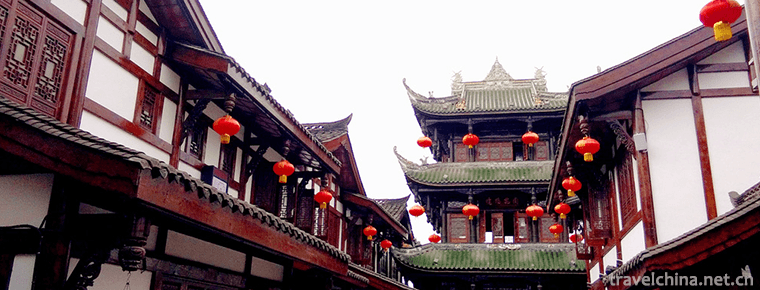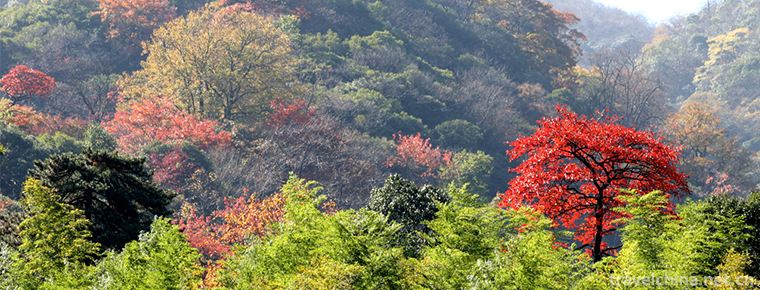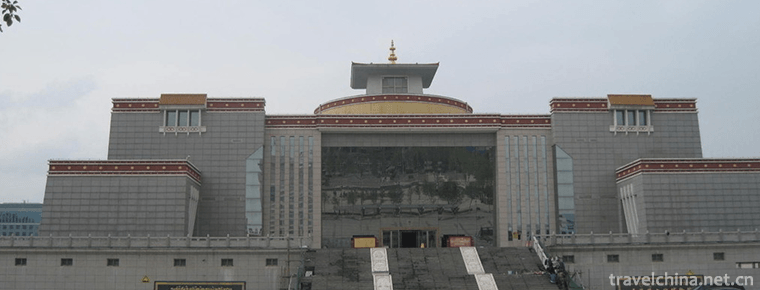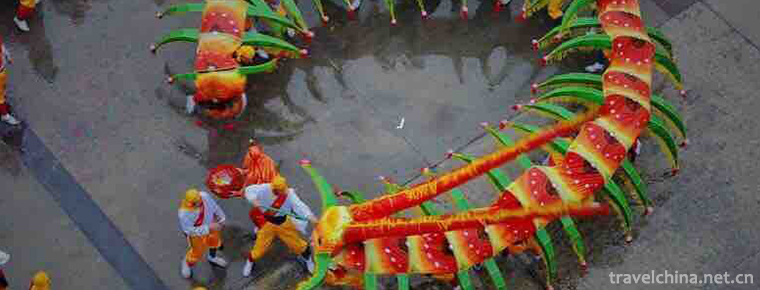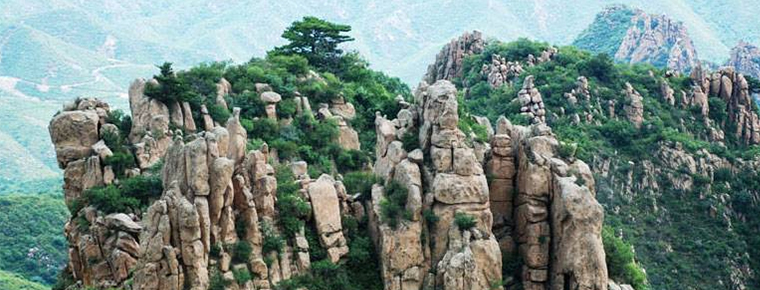The Oriental Pearl Radio & TV Tower
The Oriental Pearl Radio and Television Tower is one of the landmark cultural landscapes in Shanghai. It is located in Lujiazui, Pudong New Area, with a height of 468 meters. The building was built in July 1991 and put into use in May 1995. It undertakes six sets of radio and television transmission services in Shanghai, covering a radius of 80 km.
The Oriental Pearl Radio and TV Tower is the first AAAAA class tourist attraction in China. The tower has space capsules, revolving restaurants, Shanghai Municipal Historic Development Exhibition Hall and other landscapes and facilities. In 1995, it was listed as one of the ten new landscapes in Shanghai.
On August 25, 1983, Zou Fanyang, Director of Shanghai Broadcasting Bureau, wrote to Mayor Wang Daohan, Vice Mayor Ruan Chongwu and the leadership of the State Radio and Television Department respectively, and proposed for the first time the idea of using foreign capital to build a new TV tower.
On March 25, 1984, Mayor Wang Daohan officially put forward in his report on the work of the municipal government at the 8th Second People's Congress of Shanghai that a new TV tower would be built in Shanghai.
In 1984, the Shanghai Foreign Economic and Trade Commission approved the proposal for Sino-foreign cooperation in the construction and operation of a 400-meter radio and television tower. After repeated investigation and research, the new TV tower is located along the river from Lujiazui in Pudong to Pudong Park. On August 23, 1984, Shanghai Radio and Television Bureau officially reported "Opinions on the Location of 400m TV Tower".
The Shanghai Municipal Urban Planning and Architecture Administration made a detailed demonstration on the location and planning of the new tower in Lujiazui. In March 1985, it submitted the Report on the Construction of a Broadcasting and Television Tower and Its Affiliated Facilities over 400 meters to the Shanghai Municipal Government and the leaders of Wang Daohan, Ruan Chongwu, Liu Zhenyuan and Ni Tianzeng. In May 1985, the Municipal Urban and Rural Construction Planning Committee approved the above report and agreed that the tower site should be located in Lujiazui, Pudong.
Since the second half of 1985, substantive work has been carried out on the application, feasibility demonstration, scheme design and fund raising of the tower construction project, which has received the attention and support of the State Council, the Shanghai Municipal Committee and the relevant departments of the Shanghai Municipal Government. In October 1986, the project proposal was compiled and submitted to the State Planning Commission. The building height was set at 450 meters. In January 1987, the State Planning Commission approved the project and agreed to include the tower construction project in the "94" special project in Shanghai. In January 1988, the Shanghai Radio and Television Bureau submitted a feasibility report on the construction of a new radio and television tower, which was approved by the Shanghai Planning Commission in July 1988.
On March 4, 1989, at the enlarged meeting of the Standing Committee of the Shanghai Municipal Committee of the Communist Party of China held by Jiang Zemin, the "Oriental Pearl" scheme of East China Architectural Design Institute was discussed and decided. The architectural conception and overall structure of the "Oriental Pearl" project were proposed and completed by architects Ling Benli and Jiang Huancheng respectively.
On July 30, 1991, the founding ceremony of the Oriental Pearl Radio and Television Tower was solemnly held.
On December 14, 1993, the 350m three-dimensional structure of Oriental Pearl Radio and TV Tower was capped.
On May 1, 1994, the launching antenna steel mast was installed in place. On October 1, 1994, the decoration of the bottom Hall of the tower was completed, and the tourist facilities and the main lighting system of the tower were put into operation.
On May 1, 1995, the Oriental Pearl Radio and Television Tower was officially opened.
From September 2013 to January 2014, the exterior facade of Oriental Pearl Radio and TV Tower was cleaned and repaired, and the overall painting area reached 23,000 square meters.
Oriental Pearl Radio and Television Tower is a multi-barrel structure. Wind force is the main factor to control the main structure. The main trunk is three hollow Optimus pillars with a diameter of 9 meters and a height of 287 meters, which are connected by six-meter-high beams. At the elevation of 93 meters, they are supported by three oblique pillars with a diameter of 7 meters, and the oblique pillars intersect with the ground at an angle of 60 degrees. The building has 425 foundation piles 12 meters into the ground. Three steel spheres of thousands of tons are suspended at 112 meters, 295 meters and 350 meters above the tower body respectively. The reinforced concrete building has three diagonal braces nearly 100 meters high.
The tower body of the TV tower has strong stability, and its seismic design standard is "7-level immobility, 8-level non-cracking, 9-level non-collapse". In addition, the building has good wind resistance.
Tourist layer
The outer Gallery of the lower sphere with a diameter of 50 meters is 90 meters high. The upper spherical sightseeing layer of 263 meters is 45 meters in diameter, which is the subjective sightseeing layer of the Oriental Pearl Radio and TV Tower.
The 259-metre hanging corridor is 150 metres in length and 2.1 metres in width. It was reconstructed by the adjacent side of the original second spherical sightseeing platform. The sightseeing gallery is composed of 24 "petal" shaped toughened transparent glass clips, which can be retracted and placed movably. The unit building area is 17.29 square meters.
The capsule at 350 metres is 16 metres in diameter. It shows the sci-fi charm of space scenes in a futuristic style and is the highest tourist layer of the TV tower.
Revolving restaurant
The Oriental Pearl Radio and Television Tower's air revolving restaurant is located on the 267m sphere of the Oriental Pearl Tower. Its business area is 1500 square meters. It can accommodate 350 visitors at the same time.
Exhibition Center
In May 2001, the 6000 square meters Shanghai Municipal History Development Exhibition Hall opened at the tower of Oriental Pearl Radio and Television Tower.
The exhibition hall reflects Shanghai's development through the city's features, port opening, Shili Yangchang, old sea tracks, architectural expositions, more than 80 scenic spots of six exhibition halls, hundreds of precious historical relics, hundreds of magnificent buildings scaled down, 117 wax statues the size of human beings, nearly a thousand small wax statues and clay figurines. Process.
The mast of the transmitting antenna of the Oriental Pearl Radio and Television Tower is 110 meters long. It has the ability to transmit 9 sets of TV and 10 sets of FM broadcasting programs. It can cover the whole area within the radius of 80 kilometers in Shanghai and adjacent provinces. After its completion, the quality of listening and viewing has been greatly improved.
The Oriental Pearl Radio and Television Tower is the first key project of Pudong after its opening and development. Within 10 years after its completion, 295 foreign leaders were received, nearly 100 world-class important conferences and more than 300 large-scale events were held, which became an important window for Shanghai's external publicity.
In addition, the Oriental Pearl Radio and TV Tower has also created good economic benefits of tourism. By 2005, the number of visitors to the Oriental Pearl Radio and Television Tower had reached 28.7 million, with business income of 2.236 billion yuan.
In 1999, the Oriental Pearl Radio and Television Tower won the gold medal in Shanghai Classic Architecture Selection in the past 50 years in New China. It also won the first prize of Shanghai Excellent Survey and Design and the first prize of China Civil Engineering (Zhan Tianyou Award).
In October 2001, the Oriental Pearl Radio and Television Tower was named "National AAAA Tourist Scenic Spot".
In March 2003, the Oriental Pearl Radio and Television Tower was awarded the title of "Shanghai Patriotic Education Base".
In August 2007, the Oriental Pearl Radio and Television Tower was named "National AAAAA Tourist Scenic Spot".






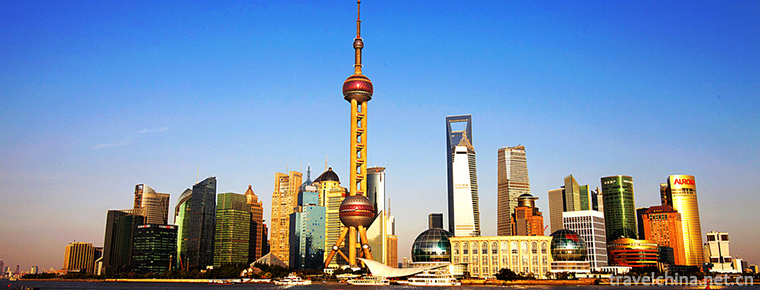
-
Dry fry rice noodles with beef
Dry fried beef river is a Cantonese dish made from materials such as sprouts, river meal and beef. One of the traditional snacks in Guangdong.
Views: 292 Time 2018-11-14 -
The AncientCity of Lang Zhong
Langzhong Ancient City is a national AAAAA-level tourist attraction, a thousand-year-old county, the hometown of Chinese Spring Festival culture, one of the four ancient cities in China..
Views: 165 Time 2018-12-12 -
Yunwushan Scenic Area
Yunwushan Scenic Spot is located in Paulownia Shop in the northwest of Huangpi District. It enjoys the reputation of "Xiling Resort Area, North Chu Famous Area, Beixi Border Barrier and Handizush.
Views: 181 Time 2018-12-22 -
Qinghai Tibetan Medicine Culture Museum
Qinghai Tibetan Medicine and Culture Museum was built in 2006, with a total construction area of 12,000 square meters. It is the only comprehensive museum reflecting.
Views: 177 Time 2019-02-07 -
Shibao Mountain Song Club
The Bai Jianchuan Shibao Mountain Song Festival is held every year from 27 to 29 July of the lunar calendar for three days. At this time, tens of thousands of young Bai men and women and singers from .
Views: 182 Time 2019-06-15 -
Lisu Folk Songs
Lisu people advocate singing in tune. In the multi-voice unaccompanied chorus of Lisu people, the three major tunes of Lisu folk songs are "swing time", "excellent leaf" and ".
Views: 98 Time 2019-06-17 -
Centipede dance
Centipede dance, Guangdong traditional folk dance. Originated from Tongzhi in Qing Dynasty to Guangxu, it was initiated by Chen Chengjin, a native of Ximen, and Shi Wenyong, a good friend. It is a squ.
Views: 163 Time 2019-06-29 -
Chengdu University of Technology
Chengdu University of Technology was founded on March 15, 1956 and approved by the State Council. On March 27, the Ministry of Higher Education and the Ministry of Geology jointly issued a paper based.
Views: 129 Time 2019-08-31 -
Daheishan Forest Park
Daheishan Forest Park is located in Wuben Township, Renhe District, Panzhihua City, Sichuan Province. From the center of Panzhihua bingcaogang River Panshan 58 kilometers, through Guaziping, Lanjian mine and Wuben township..
Views: 73 Time 2020-10-15 -
Xianshi ancient town scenic spot in Zigong City
Xianshi ancient town scenic spot in Zigong City stands on the Bank of Fuxi River 11 kilometers southeast of Zigong City, the "Millennium salt capital", which is in contrast with Zigong, a famous historical and cultural city..
Views: 176 Time 2020-10-15 -
Plant resources in Leshan
Leshan City is located in the middle subtropical zone, which is located in the southwest of Sichuan Basin and Hengduan Mountain area. Emei Mountain is the most representative area. There are 1452 species, 585 genera and 141 families of seed plants.
Views: 88 Time 2020-12-17 -
Leshan social security
By the end of 2018, there were 652700 employees participating in the basic endowment insurance for enterprise employees in Leshan, an increase of 27000 over the end of the previous year. 1.2567 million people participated in the endowment insurance for urban .
Views: 325 Time 2020-12-17
